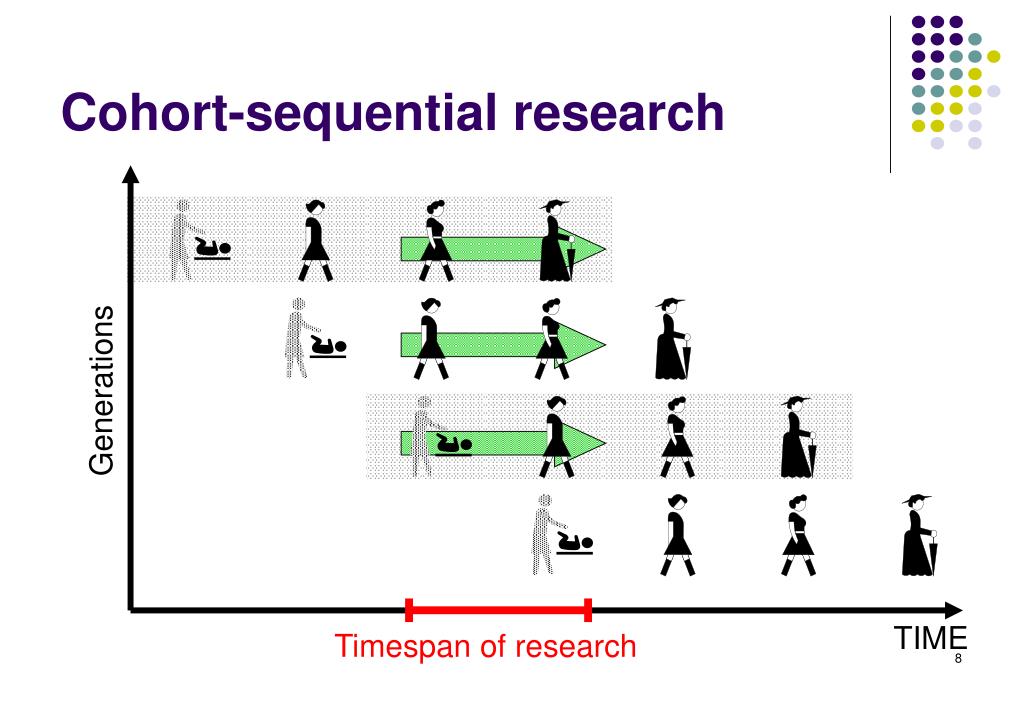

DRAWOLOGY exhibition Bonington November September 19, 2013.The Research Odyssey update September 21, 2013.Studio Diary 30th September: DRN September 30, 2013.Plotting a way forward……off the map? September 30, 2013.Studio Diary: Art Object’s progress image two.Studio Diary : Mapping ‘New Knowledge’ sequence after Hockney October 7, 2013.Art Object’s Progress complete October 16, 2013.After New York – back to earth November 11, 2013.Drawology – 18th November to 6th December – Bonington Gallery Nottingham November 11, 2013.Full Circle? Doing and thinking not doing F.A.Abstract Comix – The Anatomy of Drawing? November 19, 2013.Comic and Sequential Research: New Blog November 27, 2013.Drawology: Bonington Gallery Show December 9, 2013.Future Planning: Which PhD if at all? December 10, 2013.The theory is the practice the practice is the theory January 7, 2014.Studio Diary: James Elkins illustrations complete.James Elkins Carnegie Lecture January 14, 2014.: That’s all folks and a chapter on Moogee January 20, 2014 The Art Object Revisited October 2, 2015.Moogee the Doodle Dog updated September 21, 2016.Here a steel engraving by Phiz from the Pickwick Papers from March 1837. I am also looking at the role of technology based on Brian Winston’s political analysis after Raymond Williams. This I will then relate to the cross-disciplinary proliferation of images and tropes in an attempt to build a firmer picture of what cartoon/drawing, comic and photography actually meant at this time. My intention is to look at the ‘sequential moment’ and try and establish if the mass circulation of the first Pickwick Paper pamphlet might be a significant milestone in sequential terms. I have already discovered a mine of information including original Dickens annotated sketches by his illustrators. I have separated from this ‘Graphic Research’ blog as although related the focus there is very much on the art historical angle (Frayling’s ‘Research INTO Design’ NOT through or for which this practice-led blog is more concerned with). This is the role of Victorian magazine illustration (disseminated by the railway) in development of sequential narrative that became film and comic art. It continues the theme I started exploring in Amsterdam Film-Philosophy Conference. Various work related problems kept me busy and rest of time I was starting new research at home. This design has been used in studies to investigate career trajectories in academia and other phenomena.No studio diary entries this week as I only made it into studio for an hour. In this table, over a span of 10 years, from 2000 to 2010, 7 overlapping cohorts with different starting ages could be studied to provide information on the whole span of development from ages 20 to 60. An example of a cross-sequential design is shown in the table below. 20 years) to study multiple individuals of different starting ages. 20, 25, 30, 35, 40, 45, 50, 55, and 60 years) as in a cross-sectional design, the researcher chooses a smaller time window (e.g.

20–60 years) as in a longitudinal design, or multiple individuals of different ages at one time (e.g. Rather than studying particular individuals across that whole period of time (e.g. In a cross-sequential design (also called an "accelerated longitudinal" or "convergence" design), a researcher wants to study development over some large period of time within the lifespan. It aims to correct for some of the problems inherent in the cross-sectional and longitudinal designs. A cross-sequential design is a research method that combines both a longitudinal design and a cross-sectional design.


 0 kommentar(er)
0 kommentar(er)
